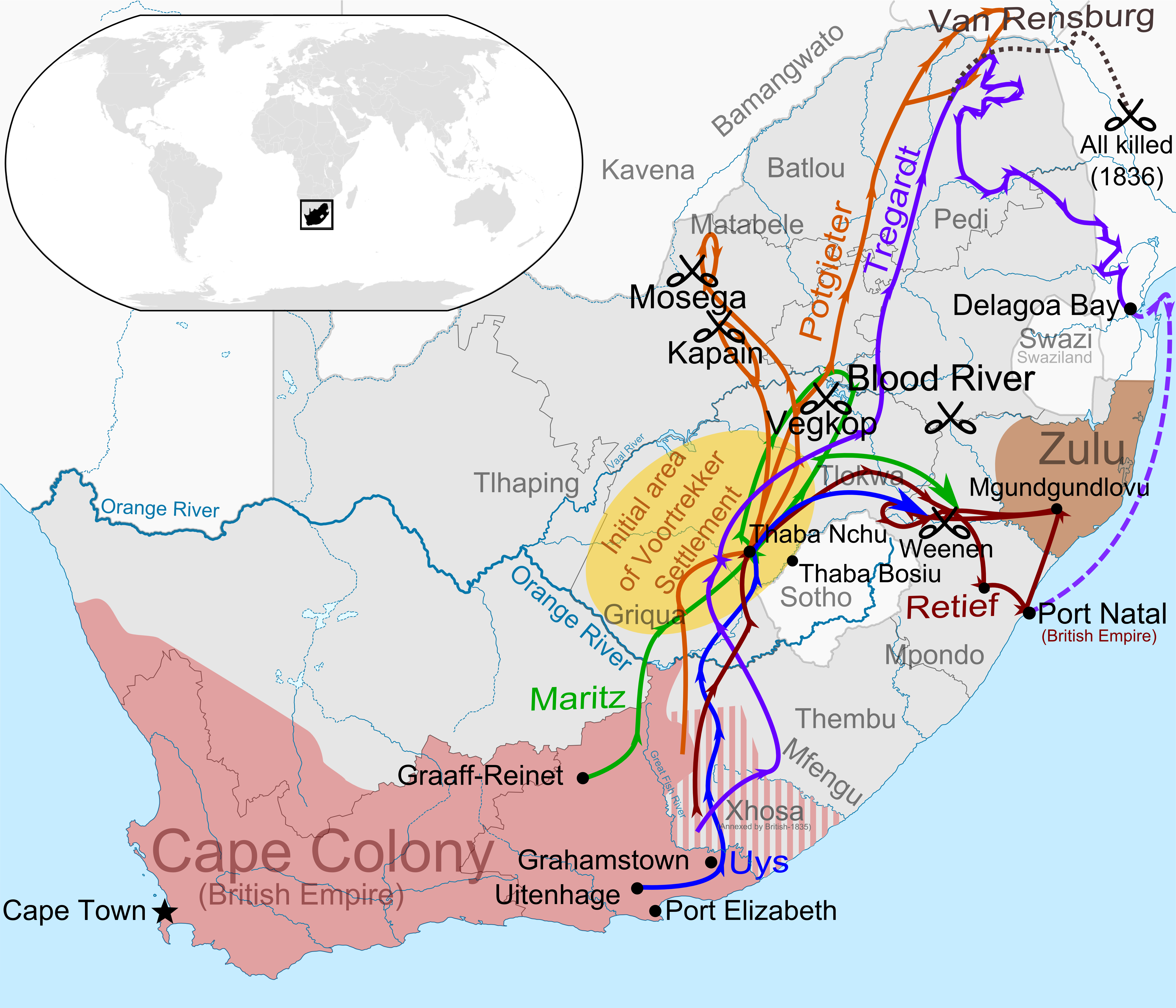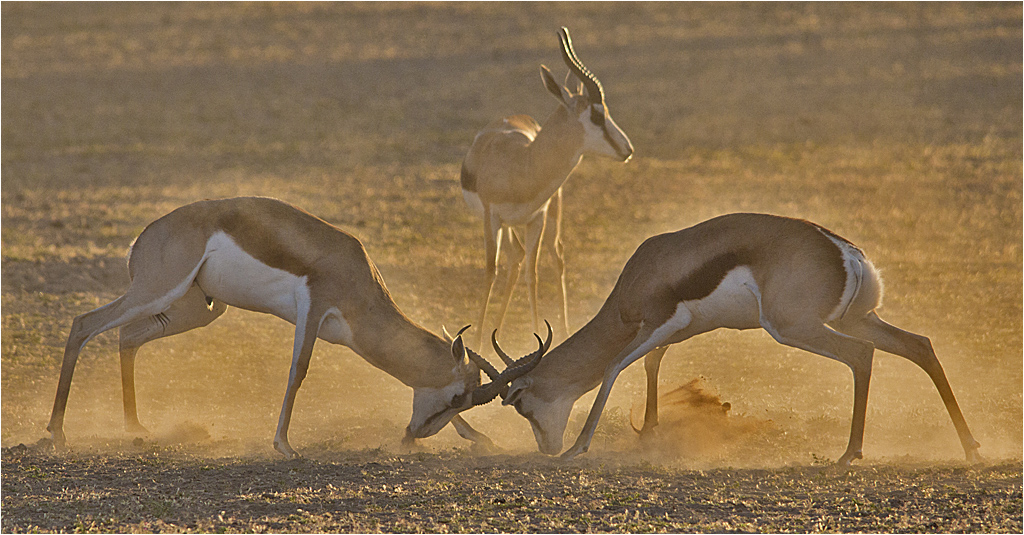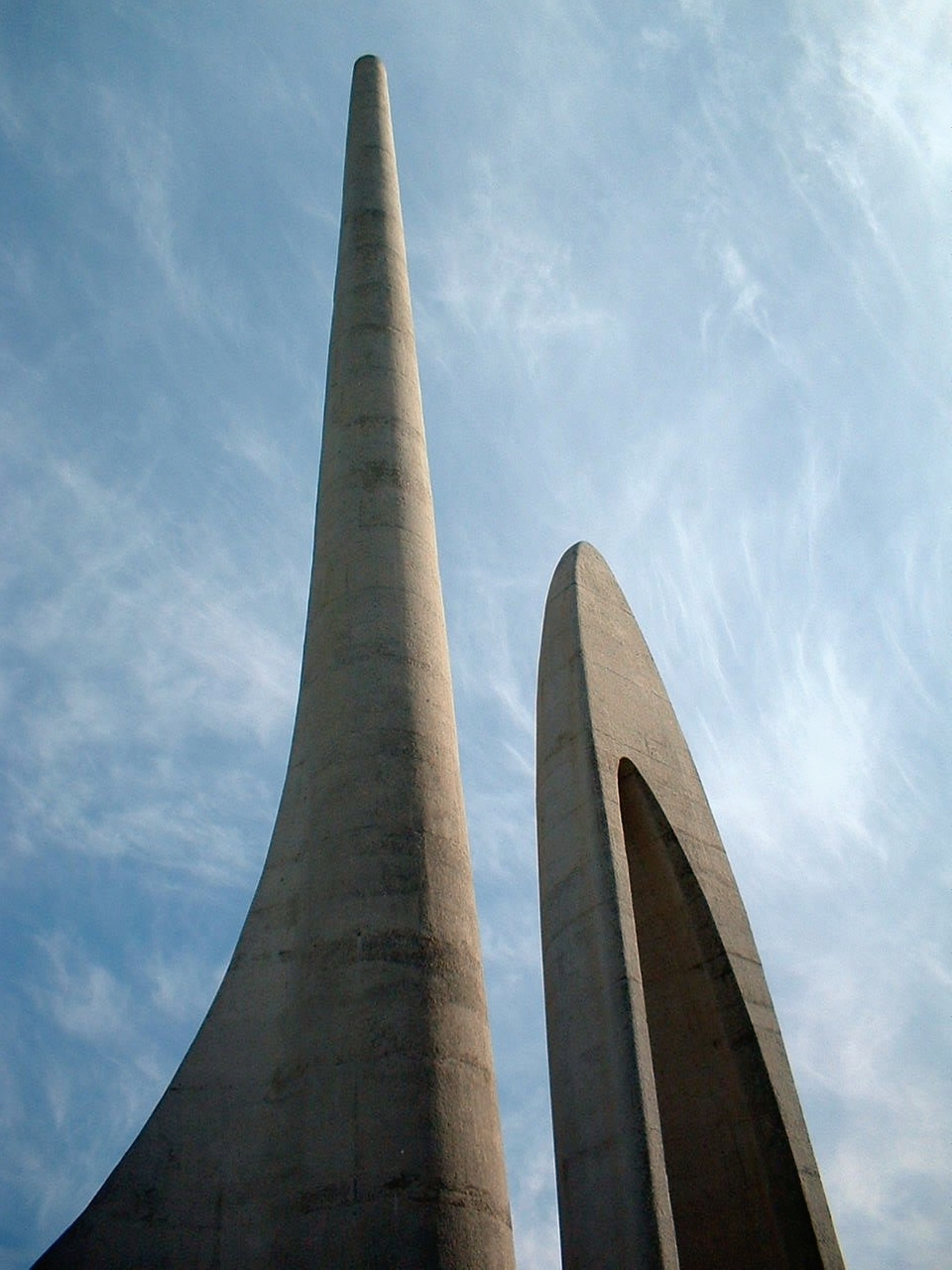|
Krugerrand
The Krugerrand (; ) is a South African coin, first minted on 3 July 1967 to help market South African gold and produced by Rand Refinery and the South African Mint. The name is a compound of '' Paul Kruger'', the former President of the South African Republic (depicted on the obverse), and '' rand'', the South African unit of currency. On the reverse side of the Krugerrand is a pronking springbok, South Africa's national animal. By 1980, the Krugerrand accounted for more than 90% of the global gold coin market and was the number one choice for investors buying gold. However, during the 1980s and 1990s, Krugerrands fell out of favor as some Western countries forbade import of the Krugerrand because of its association with the apartheid government of South Africa.Bob Secter (02 Oct 1985Reagan Bans Imports of S. Africa Krugerrand The Los Angeles Times, accessed 28 June 2018 Although gold Krugerrand coins have no face value, they are considered legal tender in South Africa by ... [...More Info...] [...Related Items...] OR: [Wikipedia] [Google] [Baidu] |
Rand Refinery
Rand Refinery (Pty) Limited is the world's largest integrated single-site precious metals refining and smelting complex. It was established in 1920 to refine gold within South Africa, which had previously been refined in London. History It was established in 1920 in Germiston, South Africa, by the South African Chamber of Mines, Chamber of Mines of South Africa to refine all the gold produced by South Africa's gold mines instead of in London. As of 1919, the Bank of England would receive consignments of raw gold from the producers and issue it to individual refineries, refined and then returned to the Bank for sale, and the hope was that after the Rand Refinery was built, the gold industry would still be financed in London and that the refined gold would be sold in the latter. On 27 November 1920, Rand Refinery Ltd was registered as a private company, the capital raised from shares of gold mining companies that were members of the Chamber of Mines. The building of the facilities ... [...More Info...] [...Related Items...] OR: [Wikipedia] [Google] [Baidu] |
Paul Kruger
Stephanus Johannes Paulus Kruger (; 10 October 1825 – 14 July 1904), better known as Paul Kruger, was a South African politician. He was one of the dominant political and military figures in 19th-century South Africa, and State President of the South African Republic (or Transvaal) from 1883 to 1900. Nicknamed , he came to international prominence as the face of the Boer cause—that of the Transvaal and its neighbour the Orange Free State—against Britain during the Second Boer War of 1899–1902. He has been called a personification of Afrikanerdom and admirers venerate him as a tragic folk hero. Born near the eastern edge of the Cape Colony, Kruger took part in the Great Trek as a child during the late 1830s. He had almost no education apart from the Bible. A protégé of the Voortrekker leader Andries Pretorius, he witnessed the signing of the Sand River Convention with Britain in 1852 and over the next decade played a prominent role in the forging of the South ... [...More Info...] [...Related Items...] OR: [Wikipedia] [Google] [Baidu] |
Coert Steynberg
Coert Steynberg (7 January 1905 – 28 July 1982) was a renowned South African sculptor, and medallist, who worked in stone, marble, bronze, copper and wood. His work is represented nationwide and internationally, including a statue of Bartholomew Dias in South Africa House in London, a monument to Andries Pretorius in Graaff-Reinet, and the Peace of Vereeniging monument in Vereeniging. He was the son of Johannes Lodewikus and Magdalena Susanna (Née Hamman). He married Elizabeth Johanna Maria Bosman. Steynberg is best known for sculpting a statue of Paul Kruger, found at the Kruger-gate, Kruger National Park. His most famous coin design is the pronking springbok on all gold Krugerrands. The springbok design was reused on the 5 shilling and 50 cents crowns from 1947 to 1964, the gold 1/2 Pound and 1 Pound coins of the 1952-60 issues, the gold 1 Rand and 2 Rand of the 1961-83 issues, and on the Krugerrand The Krugerrand (; ) is a South African coin, first minted on 3 ... [...More Info...] [...Related Items...] OR: [Wikipedia] [Google] [Baidu] |
Crown Gold
Crown gold is a 22 karat (kt) gold alloy used in the crown coin introduced in England in 1526 (by Henry VIII). In this alloy, the proportion of gold is 22 parts out of 24 (91.667% gold). Crown gold is appreciably less prone to wear than the softer 23 kt gold of earlier gold sovereigns — an important point for coins intended for everyday use in circulation. Alloying metal The alloying metal in England is traditionally restricted to copper. Copper is still used for the current British gold sovereign. An exception was the gold sovereign of 1887, when 1.25% silver, replacing the same weight of copper, was used to gain a better effigy of Queen Victoria for the Golden Jubilee of her reign. Elsewhere, both copper and silver have been used in varying proportions. Circulating coins In the United States until 1834, gold circulating coins were minted in 22 kt crown gold using about 6% silver as well as copper. From 1834, the fineness of U.S. coin gold was decreased from the 22 kt crown ... [...More Info...] [...Related Items...] OR: [Wikipedia] [Google] [Baidu] |
American Gold Eagle
The American Gold Eagle is an official gold bullion coin of the United States. Authorized under the Gold Bullion Coin Act of 1985, it was first released by the United States Mint in 1986. Because the term "eagle" also is the official United States designation for the pre-1933 ten dollar gold coin, the weight of the bullion coin is typically used when describing American Gold Eagles (e.g., "1/2-ounce American Gold Eagle") to avoid confusion with the pre-1933 coins. This is particularly true with the 1/4-oz American Gold Eagle, which has a marked face value of ten dollars, the same as that of its predecessor. Details Offered in 1/10 oz, 1/4 oz, 1/2 oz, and 1 oz denominations, these coins are guaranteed by the U.S. government to contain the stated amount of actual gold weight in troy ounces. By law, the gold must come from sources in the United States, alloyed with silver and copper to produce a more wear-resistant coin. In addition, sales of these and other specie coins fro ... [...More Info...] [...Related Items...] OR: [Wikipedia] [Google] [Baidu] |
Springbok (antelope)
The springbok or springbuck (''Antidorcas marsupialis'') is an antelope found mainly in south and southwest Africa. The sole member of the genus (biology), genus ''Antidorcas'', this bovid was first Species description, described by the German zoologist Eberhard August Wilhelm von Zimmermann in 1780. Three subspecies are identified. A slender, long-legged antelope, the springbok reaches at the shoulder and weighs between . Both sexes have a pair of black, long horn (anatomy), horns that curve backwards. The springbok is characterised by a white face, a dark stripe running from the eyes to the mouth, a light brown coat (animal), coat marked by a reddish-brown stripe that runs from the upper foreleg to the buttocks across the flanks like the Thomson's gazelle, and a white Rump (animal), rump flap. Active mainly at dawn and dusk, springbok form harem (zoology), harems (mixed-sex herds). In earlier times, springbok of the Kalahari Desert and Karoo migrated in large numbers acros ... [...More Info...] [...Related Items...] OR: [Wikipedia] [Google] [Baidu] |
Britannia Coin
The Britannia is a bullion coin issued by the Royal Mint. It has been minted in gold since 1987, in silver since 1997, and in platinum since 2018. The reverse of the coin patterns feature various depictions of Britannia, a feminine personification of the United Kingdom, while the obverse features the effigy of the monarch of the United Kingdom with the legend around it. Britannia gold coins contain one troy ounce of gold and have a face value of Pound sterling, £100. Gold Britannias also are issued in fractional sizes of one-half, one-quarter, and one-tenth of a troy ounce and with face values of £50, £25, and £10 respectively. In 2013, two additional sizes were introduced, a five-ounce coin of face value £500, and a fractional size of one-twentieth of face value £5. Britannia silver coins contain one troy ounce of silver and have a face value of £2. Silver Britannias also are issued in fractional sizes of one-half, one-quarter, and one-tenth of a troy ounce and with fac ... [...More Info...] [...Related Items...] OR: [Wikipedia] [Google] [Baidu] |
Canadian Gold Maple Leaf
The Canadian Gold Maple Leaf (GML; ) is a gold coin, gold bullion coin that is issued annually by the Government of Canada. It is produced by the Royal Canadian Mint. The Gold Maple Leaf is legal tender with a face value of 50 Canadian dollars. The Commodity market, market value of the metal varies, depending on the Spot contract, spot price of gold. Having a .9999 millesimal fineness (24 karat (purity), karats), in some cases .99999, the coin is among the purest official bullion coins worldwide. The standard version has a weight of minimum 1 troy ounce (31.1 grams). Other sizes and denominations include: 1 gram, ($0.50), ($1), ($5), ($10) and ($20). History The coin was introduced in 1979. At the time the only competing bullion coins being minted were the Krugerrand (which was not widely available because of the economic boycott of apartheid-era South Africa) and the Coins of the Austro-Hungarian krone, Austrian 100 Corona. Coins minted between 1979 and 1982 have a finenes ... [...More Info...] [...Related Items...] OR: [Wikipedia] [Google] [Baidu] |
South African Rand
The South African rand, or simply the rand, (currency sign, sign: R; ISO 4217, code: ZAR) is the official currency of South Africa. It is subdivided into 100 Cent (currency), cents (sign: "c"), and a comma separates the rand and cents. The South African rand is legal tender in the Common Monetary Area member states of Namibia, Lesotho, and Eswatini, with these three countries also having national currencies: (the Namibian dollar, dollar, the Lesotho loti, loti and the Swazi lilangeni, lilangeni respectively) pegged with the rand at parity and still widely accepted as substitutes. The rand was also legal tender in Botswana until 1976 when the Botswana pula, pula replaced the rand at par. The rand is legal tender in Zimbabwe as part of its multiple currency system, which also includes other currencies such as the euro, the pound sterling, the US dollar, and the Zimbabwean ZiG. Etymology The rand takes its name from the Witwatersrand ("white waters' ridge" in English, being t ... [...More Info...] [...Related Items...] OR: [Wikipedia] [Google] [Baidu] |
Boer
Boers ( ; ; ) are the descendants of the proto Afrikaans-speaking Free Burghers of the eastern Cape frontier in Southern Africa during the 17th, 18th, and 19th centuries. From 1652 to 1795, the Dutch East India Company controlled the Dutch Cape Colony, which the United Kingdom incorporated into the British Empire in 1806. The name of the group is derived from Trekboer then later "boer", which means "farmer" in Dutch and Afrikaans. In addition, the term also applied to those who left the Cape Colony during the 19th century to colonise the Orange Free State, and the Transvaal (together known as the Boer Republics), and to a lesser extent Natal. They emigrated from the Cape to live beyond the reach of the British colonial administration, with their reasons for doing so primarily being the new Anglophone common law system being introduced into the Cape and the British abolition of slavery in 1833. The term ''Afrikaners'' or ''Afrikaans people'' is generally used in moder ... [...More Info...] [...Related Items...] OR: [Wikipedia] [Google] [Baidu] |
Afrikaans Language
Afrikaans is a West Germanic language spoken in South Africa, Namibia and to a lesser extent Botswana, Zambia, Zimbabwe and also Argentina where there is a group in Sarmiento that speaks the Patagonian dialect. It evolved from the Dutch vernacular of South Holland ( Hollandic dialect) spoken by the predominantly Dutch settlers and enslaved population of the Dutch Cape Colony, where it gradually began to develop distinguishing characteristics in the 17th and 18th centuries. Although Afrikaans has adopted words from other languages including German, Malay and Khoisan languages, an estimated 90 to 95% of the vocabulary of Afrikaans is of Dutch origin. Differences between Afrikaans and Dutch often lie in the more analytic morphology and grammar of Afrikaans, and different spellings. There is a large degree of mutual intelligibility between the two languages, especially in written form. Etymology The name of the language comes directly from the Dutch word (n ... [...More Info...] [...Related Items...] OR: [Wikipedia] [Google] [Baidu] |





